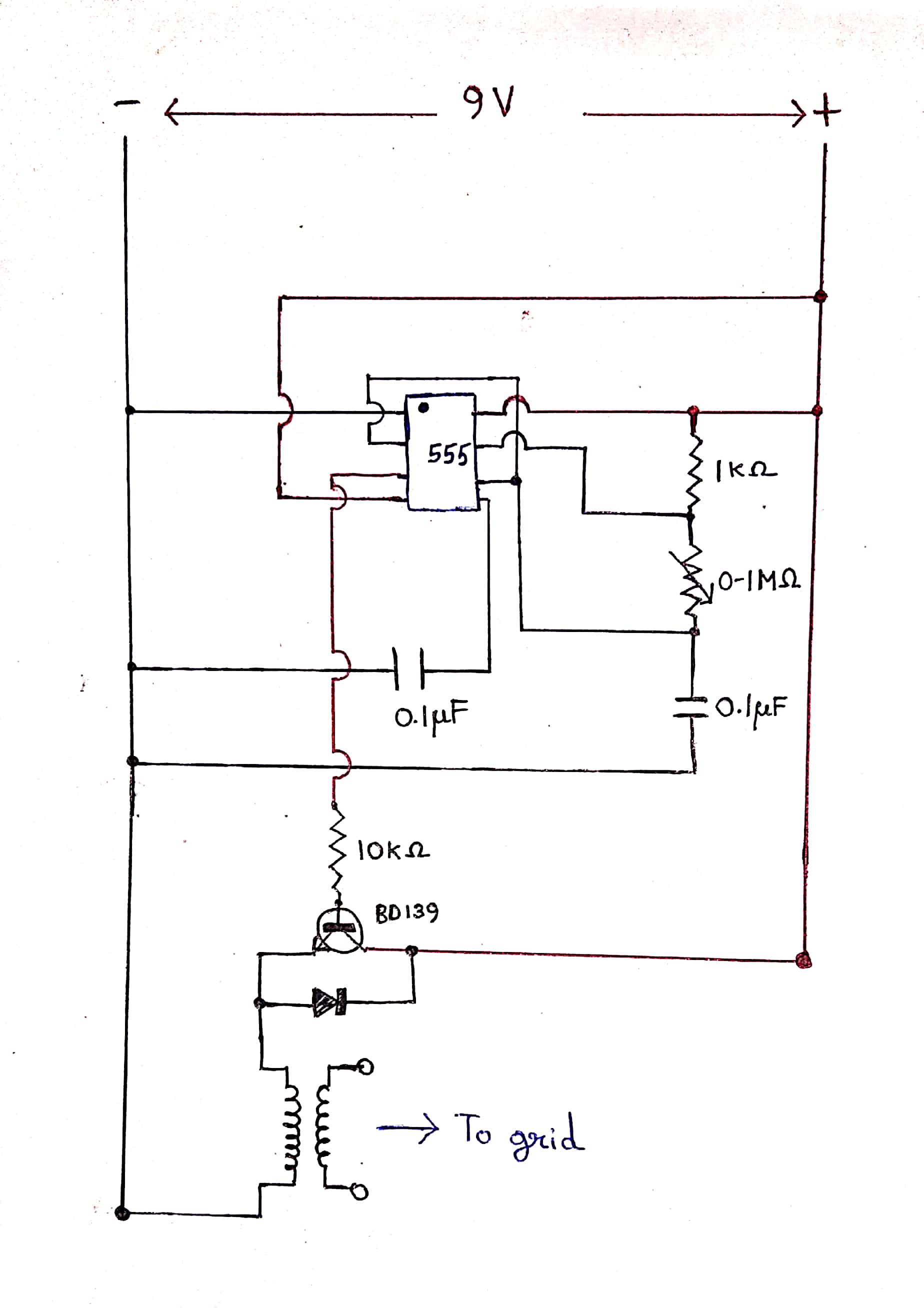In order to condition the flies to a stimulus, a variety of positive or negative treatments can be used. The general finding is that negative reinforcement(like electric shock or quinine which is awfully distasteful) is more effective than positive reinforcement (like sugar water) both in terms of memory retention and number of training runs required. Repeated exposure to quinine is known to reduce the propensity of flies to explore the maze which may be due to a suppression of appetite so I am not going to use that. This also saves me the headache and cost of sourcing quinine hydrochloride which is now rarely used as a medicine. Low current AC shock is less damaging to the flies. The shock is traditionally administered through a grid made out of conductive strips separated by a small distance such that a fly is likely to step on two adjacent strips simultaneously and become part of the circuit. I have plans to build this out of thin copper wires but haven't started on that yet.
The circuit for generating the AC current is simple. It essentially consists of a 555 timer wired in astable mode to generate a square wave of frequency around 50 Hz. This square wave is fed into a step up transformer which will be connected to the grid. The circuit diagram is shown below.

The output of the 555 is fed into the base of a npn transistor BD139. This is not an ideal choice as I found out it heats up quite significantly(though not enough to cause catastrophic failure). I will change this with a MOSFET in the future. The step-up transformer is actually a 220v - 12 v step-down transformer connected in reverse. For low current applications this works well although the losses are quite high as the "primary" coil has a high resistance. I manage to get around 50V at the output.
 Brainy.Baboon
Brainy.Baboon
Discussions
Become a Hackaday.io Member
Create an account to leave a comment. Already have an account? Log In.